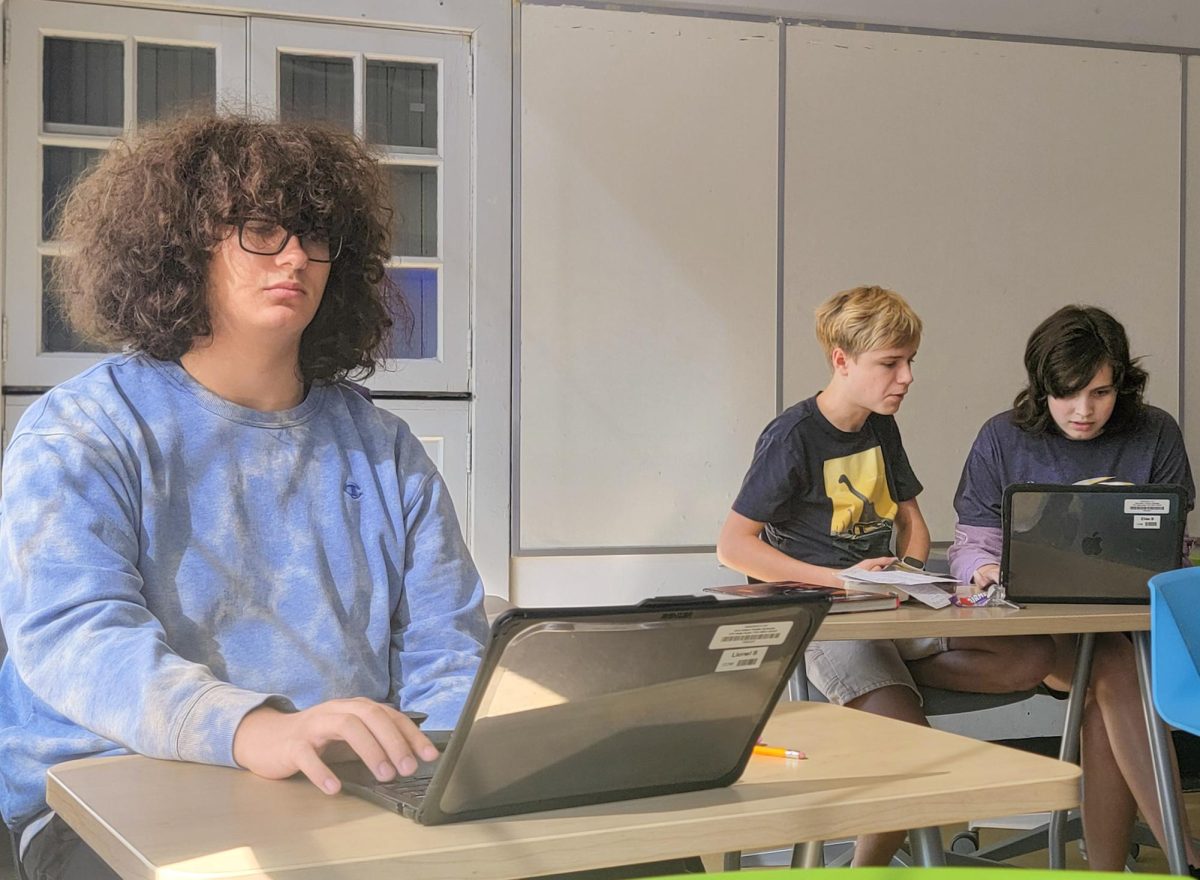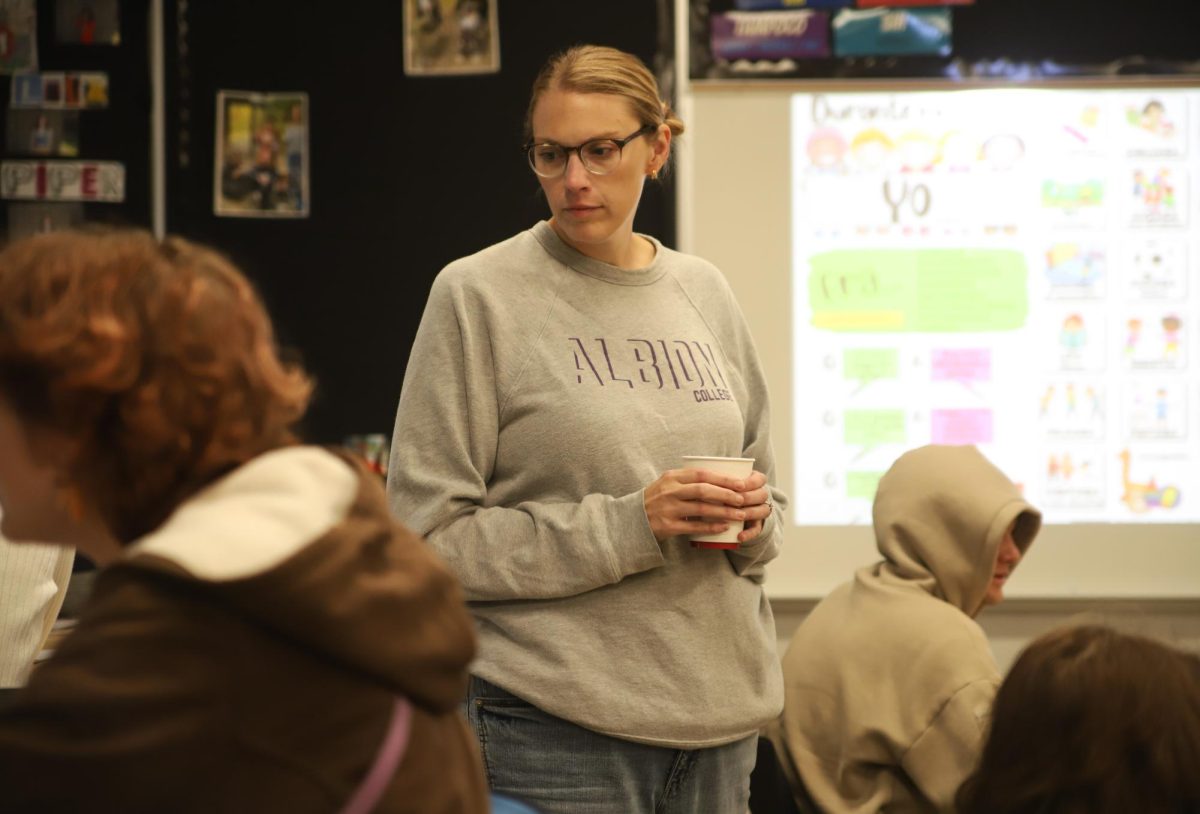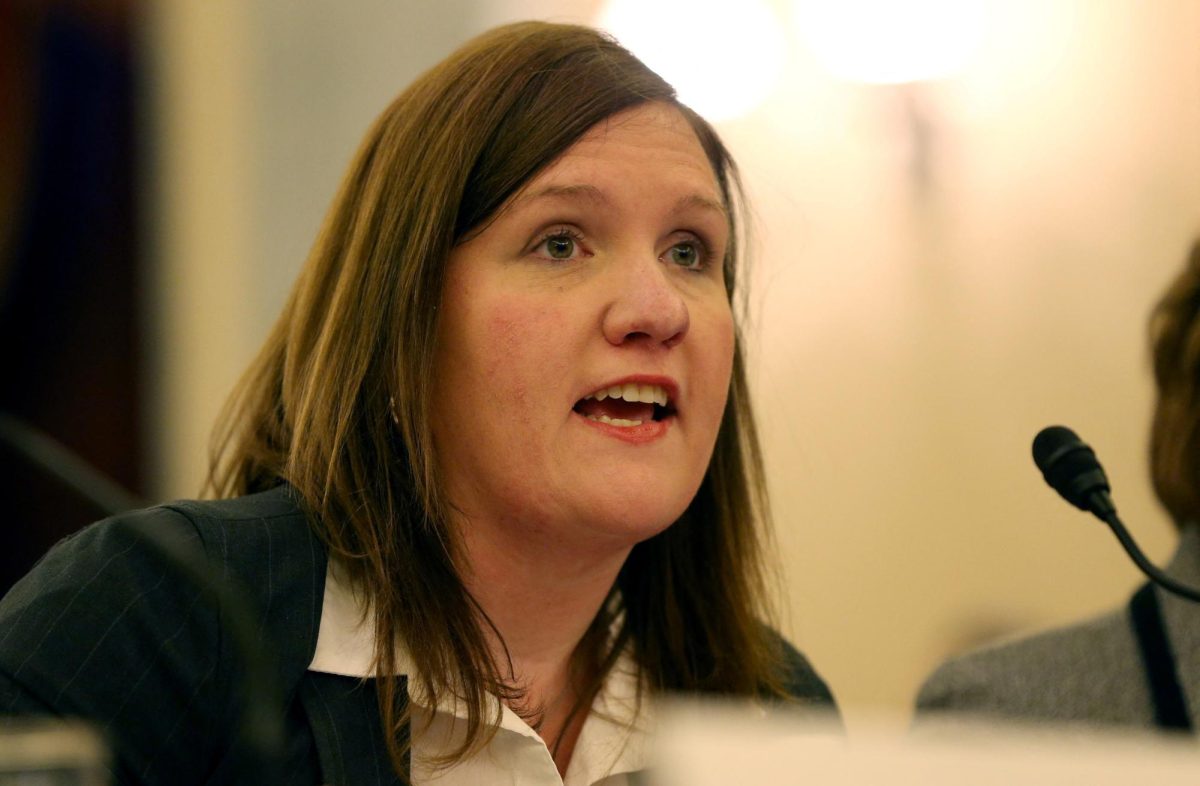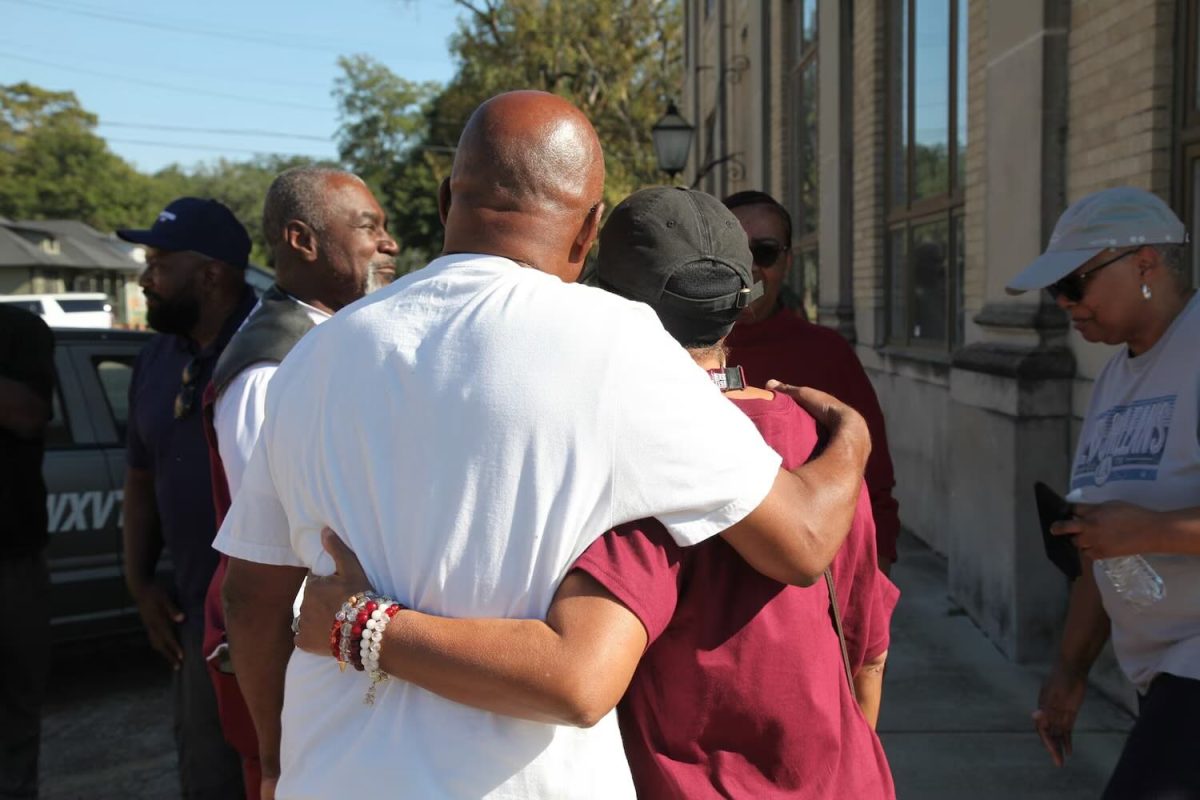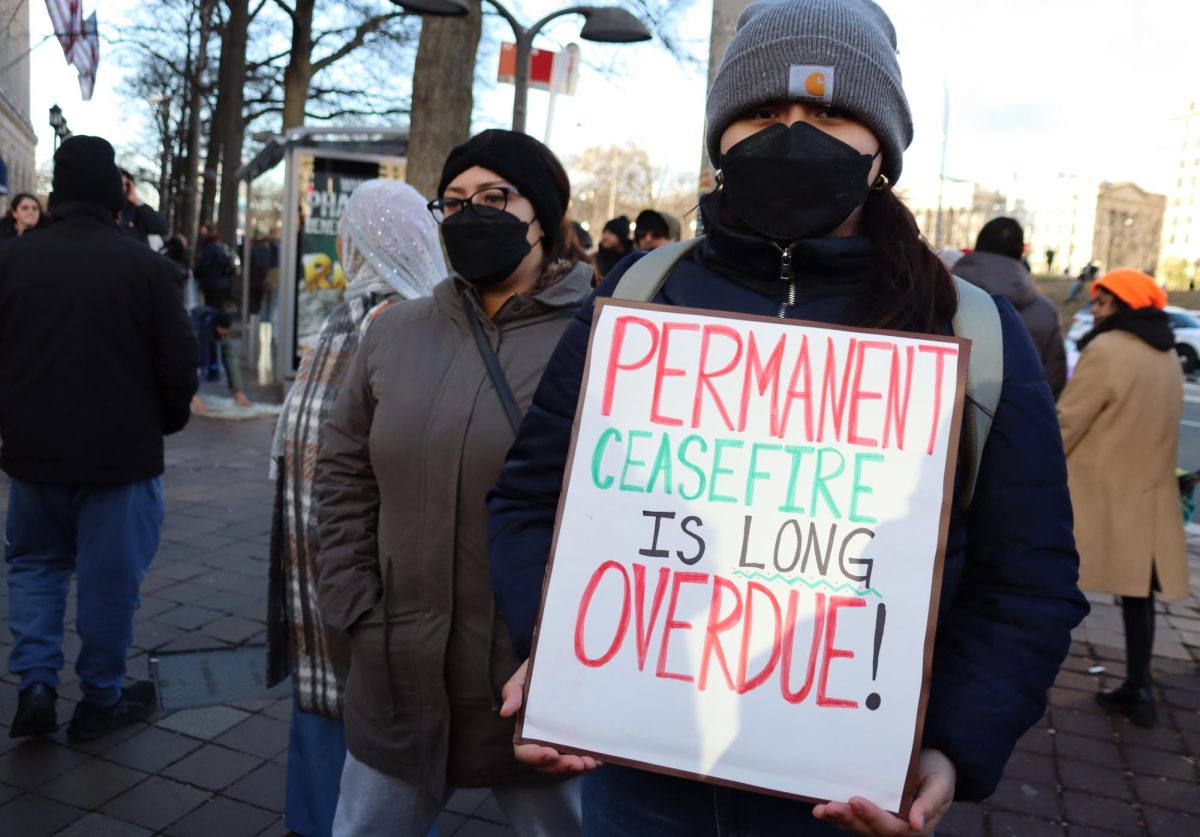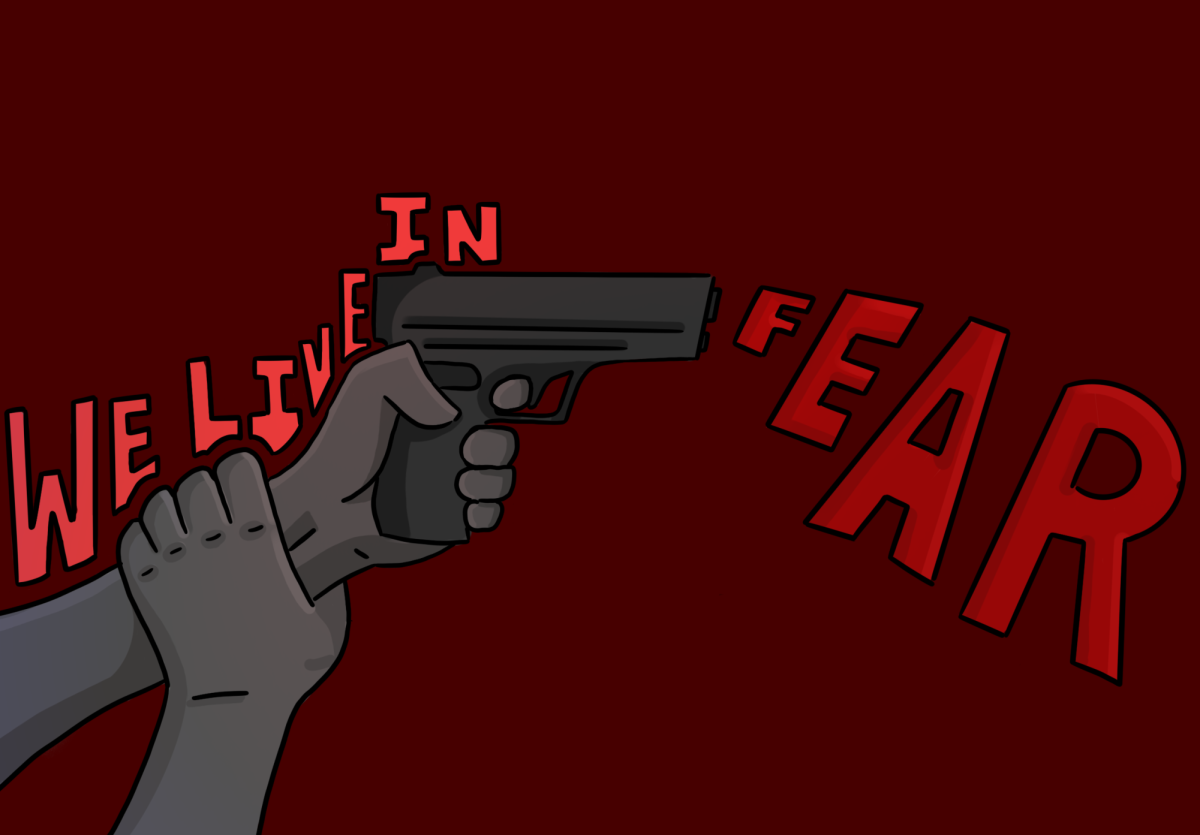
Living in the technology generation, our methods of communication, keeping in touch, and connecting with others are constantly changing. Naturally, bullying and abusive behavior are changing too. Cell phones, e-mail, Instant Messenger, Facebook, and chat rooms create new — and sometimes more damaging — ways for kids to bully one another.
Cyberbullying is harassment, abuse, or humiliation one minor causes another minor using technology. When an adult becomes involved, it turns into cyber-harassment or cyber-stalking. There are two types of cyberbullying, called direct attacks and cyberbullying by proxy.
Direct attacks are messages sent straight to the targeted child. This includes instant messenger or text messaging harassment, sending pictures through e-mail and cell phones, or sending malicious code to the victim’s computer. Cyberbullying by proxy uses others to bully the target, which is much more dangerous, as it can get adults as well as other students involved in the bullying.
Often in cyberbullying by proxy, others are not aware that they are accomplices to the cyberbully. A cyberbully posing as another person or hacking into an account can send out hateful messages to others, and make more people angry at the victim. Other minors and even adults can start to participate, so that they become unknowing helpers to the bully.
Along with the danger of adult involvement, cyberbullying has a rapid and far-reaching spread. It can also become a legal issue. “…If someone bullied you, many years ago, it would just…be in front of one or two people, and then it would…spread by mouth. You would be gossiping, and people would bully you or spread a rumor about you. But now it’s like from cell phone, to Facebook, and it just spreads so quickly,” said Community High School Spanish and French teacher Kris Ann Berger. “So…I would say cyberbullying [is more destructive] because it just reaches so many people so quickly, and it just can be so damaging. And once you put something out there, you cannot get rid of it, you can’t erase it,”
Along with this ability to spread, cyberbullying has many differences when compared to classic, face-to-face bullying, and none of them are good. “First of all you don’t know the source. And if it’s face-to-face at least you can confront the…antagonist. But…on cyberspace it’s just out there, you don’t know where it’s coming from.” said Nat Powell, Community’s Media Specialist. “And, it’s hard to fight, because once it’s out there, it’s out there.”
Cyberbullying is a real problem that students face often. A senior at Michigan State University, Carena Townsend, recalls her experience with cyberbullying. “I was in middle school, and two boys that I had previously been really good friends with decided that, for whatever reason, they no longer wanted to be friends with me. And, instead were incredibly mean to me, mostly on the Internet, but also at school.” Townsend talked to her teachers when it happened at school, and told her friends about it. “Eventually I just had to block the guys [on instant-messenger],” she said.
Even though teachers and administrators pound it into our heads to “tell an adult,” students don’t always feel comfortable doing so. “I don’t like telling older adults, ‘cause they will go to great lengths, and then other people will just think you’re a jerk, ‘cause you tattled,” said Morgan Harvey, a freshman at Community High School. Townsend acknowledges the concerns students have about telling adults, but thinks it’s still for the best. “But they should definitely turn to adults, because adults can help put an end to it.”
The consequences of cyberbullying are more drastic than many people realize. Teens across the country have been driven into depression and even to suicide, as in the case of a 14 year-old high school student, Samantha Kelly, living in Huron Township, Michigan. According to the CBS news, after coming forward and telling the police that senior Joe Tarnopolski had raped her, she suffered abuse and harassment from many fellow students. When Tarnopolski used Twitter to discredit Kelly and say she ruined his life, the harassment intensified when her peers started calling her a liar and even throwing things at her. She took her own life on Monday, November 8th, 2010 after writing a message on her bedroom wall with the date of the alleged rape.
Community High School is unique in the way that students support one another. With the issue of cyberbullying growing all the time, it is important to remain supportive, and honor Kelly’s memory by treating peers with respect, both on and offline. Remember your “electronic voice” can make a joke sound like an insult, and always think before you post. Don’t be a bystander, especially in something as serious as cyberbullying, where extending a hand of friendship can mean so much.




